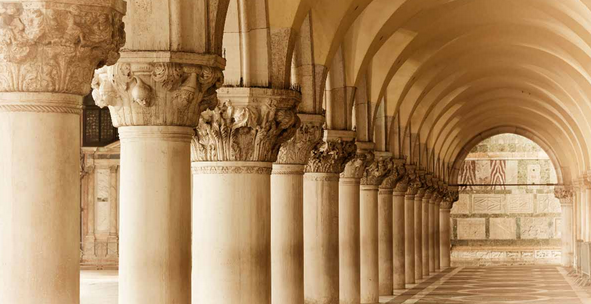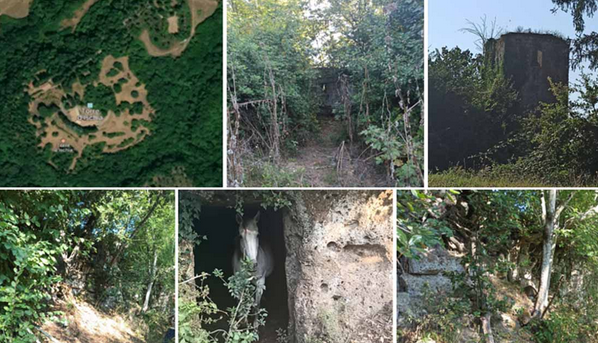Historians contend that the advent of the Modern Era predates the digital age, tracing its origins back to the Renaissance period of the 1500s. This epochal shift emerged from the aftermath of the Black Death, which devastated Europe and catalyzed profound social and economic changes. Italy, in particular, emerged as a vibrant center of trade and intellectual exchange, laying the groundwork for the Renaissance.
The Medici family, prominent patrons of the arts, played a pivotal role in fostering the flourishing of artistic genius, including the likes of Michelangelo, Raphael, and Leonardo da Vinci. The Renaissance was characterized by a revival of classical Greek and Roman ideals, influencing various aspects of culture, including architecture, art, and philosophy. Renaissance architects, inspired by ancient designs, emphasized symmetry, proportion, and the golden ratio in their creations, reflecting a newfound appreciation for harmony and beauty.
The mysterious black goo of Venezuela: La Mancha Negra (video)
Moreover, the Renaissance witnessed a resurgence of humanism, a philosophical movement that championed individualism, reason, and the pursuit of knowledge. This intellectual ferment laid the groundwork for the Reformation, a seismic religious upheaval that shattered the hegemony of the Catholic Church and paved the way for religious pluralism and the eventual rise of secularism.
Concurrently, the Age of Discovery propelled Europe into a new era of exploration and exploitation, as navigators ventured into uncharted waters in search of trade routes and territories. These interconnected developments heralded the dawn of the Modern Era, transforming Europe and shaping the trajectory of human history.
Source: Ancient Origins



































